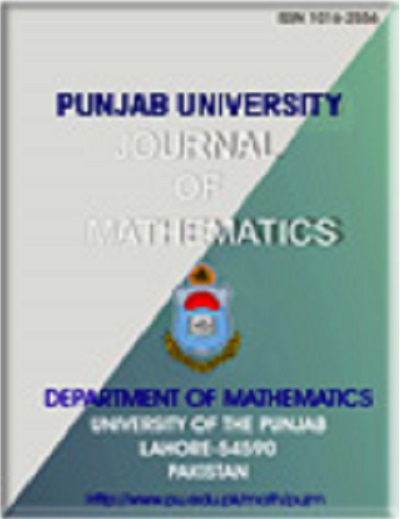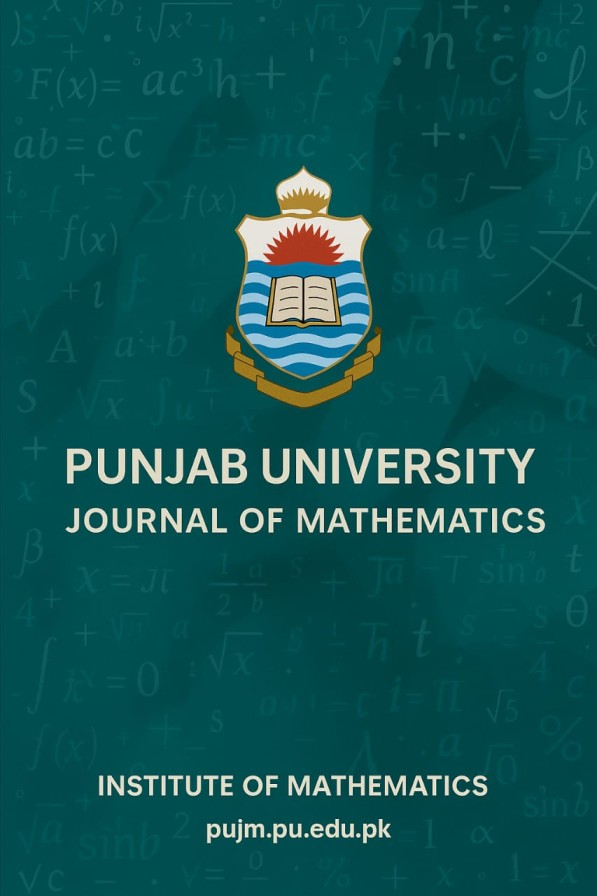Mathematical Modeling and Dynamical Aspects of the Co-Infection of Buruli Ulcer and Cholera
Abstract
The investigation and modelling of the co-infection of Buruli ulcer and Cholera are examined in this paper. We develop the model based on the current literature on the co-infection of these illnesses. The paper starts by discussing the submodels at the equilibrium points and outlining the mathematical characteristics of the solution. The underlying conditions are obtained, and the local and global stabilities of the fixed points of the sub-models are inspected. When R0 is less than one, it is demonstrated that the sub-models are both globally and locally stable, demonstrating the stability of the state in the absence of infection. In addition, the co-infection model is analyzed concerning the parameter R0, and the co-infection model’s disease-free state is locally stable under the stated condition. We also investigate the control problem with five distinct control variables. Pontryagin’s maximal principle provides precise mathematical conclusions about the optimality system. This also helps find the best way to keep both diseases from spreading. We lastly conducted numerical tests with different sets of parameter values, and the obtained analytical results are verified via simulations. The study’s findings suggest that the best strategy to reduce infections is to put all preventative measures into place at once.
Downloads
Downloads
Published
Issue
Section
License
Copyright (c) 2024 Asaf Khan, Gauhar Ali, Abdul Khaliq, Gul Zaman

This work is licensed under a Creative Commons Attribution-NonCommercial-NoDerivatives 4.0 International License.



